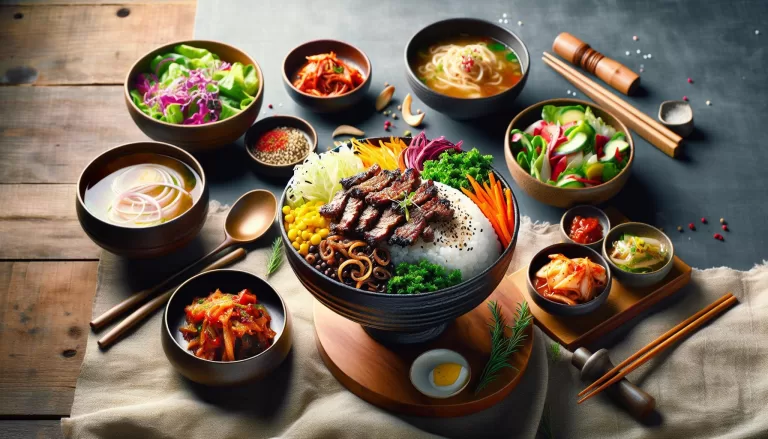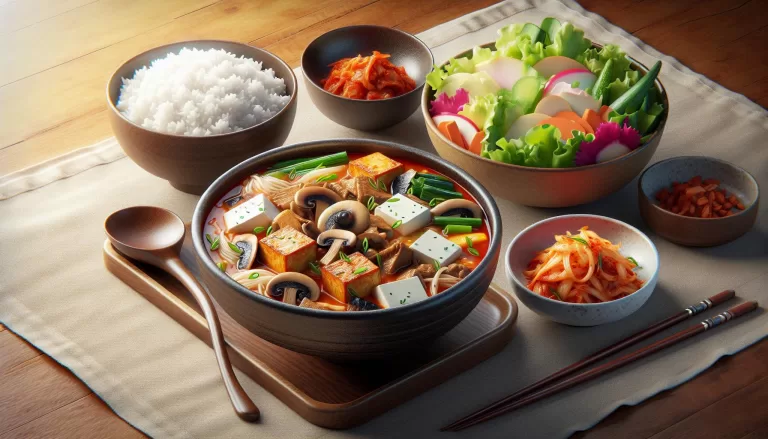Easy Recipe for Flavorful Homemade Sukju Namul (Seasoned Bean Sprouts)
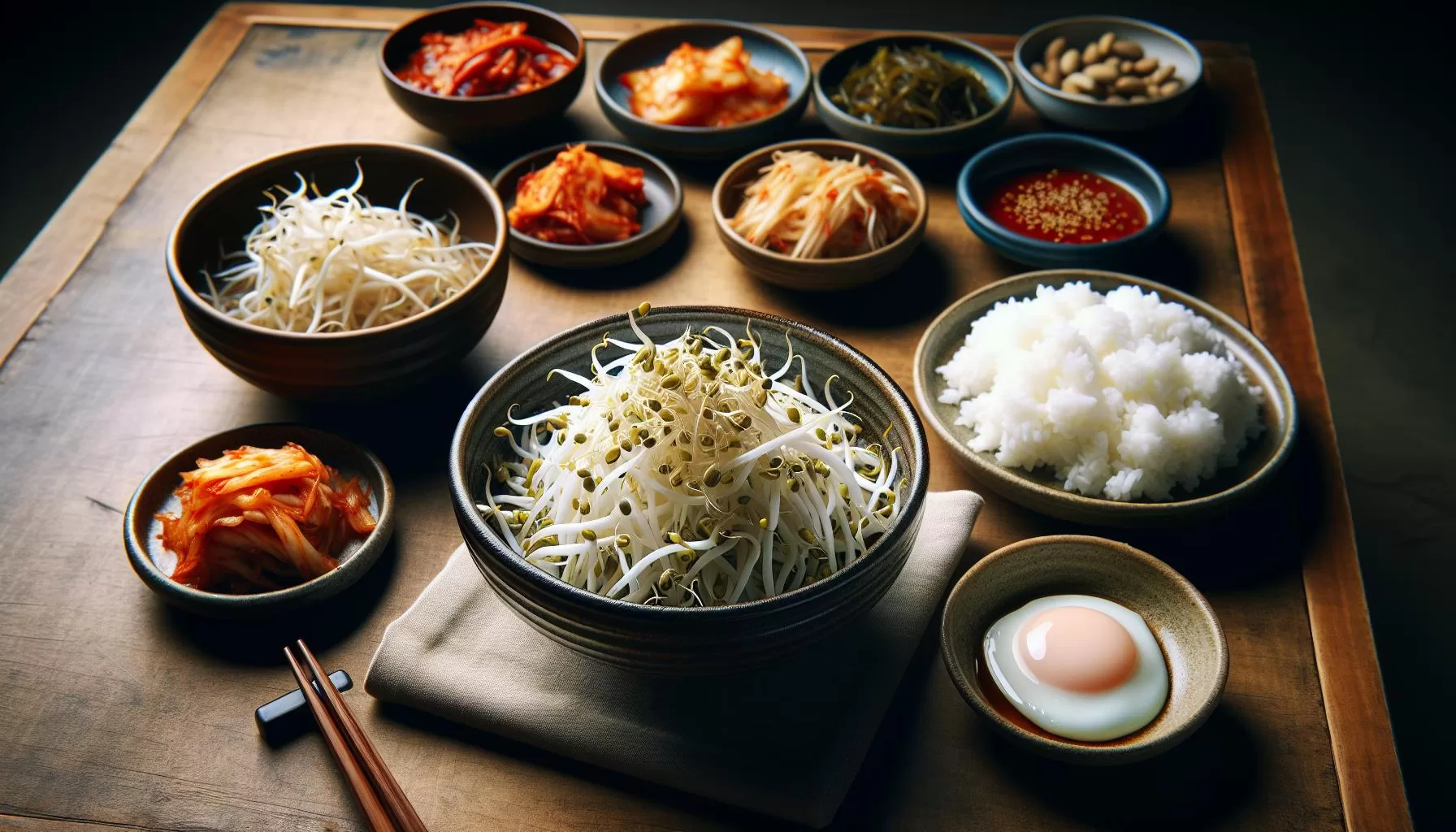
Choosing the Best Bean Sprouts
To ensure you get the most out of your Homemade Sukju Namul, picking the right bean sprouts is crucial. Not all bean sprouts are created equal and knowing how to choose the best ones will make a big difference in your dish.
Look for fresh bean sprouts with a bright color and a crisp texture. These features signify freshness and good quality. It’s the fresh sprouts that are packed with that crunch and flavor we all crave in Sukju Namul. Stay away from discolored or slimy sprouts; they’re a telltale sign of spoiling.
The size of the sprouts also matters. Larger sprouts offer a more crunchy bite, which can be a fantastic addition to your dish. Smaller sprouts, on the other hand, tend to be softer and slightly sweeter. You can decide which one suits your taste best.
Availability and Alternatives
We get it. You might not always find fresh bean sprouts in your local stores. However, fear not, you still have options. For instance, you could opt for canned bean sprouts. While they might not offer as much crunch as the fresh ones, they’ll still make a decent Sukju Namul when rinsed properly.
Another alternative would be going for a different type of sprout altogether. Mung bean sprouts work well in this recipe for their crisp texture and subtle taste. So, if you can’t find bean sprouts, don’t sweat it. You can still whip up some delicious Sukju Namul with what you have.
Nutritional Value
Well, are you questioning whether Sukju Namul would serve your health goals? It might just be your best friend. Fresh bean sprouts are remarkably low in calories, yet rich in vitamins and fiber. Let’s see the nutritional value of 100 grams of bean sprouts:
| Nutrition | Value |
|---|---|
| Calories | 30 kcal |
| Carbs | 5.9 g |
| Protein | 3.0 g |
| Fat | 0.2 g |
| Vitamin C | 22% Daily Value |
| Fiber | 1.9 g |
Sukju Namul – it’s simple, it’s delicious, and it’s beautifully versatile. But more than anything, it’s a testament to the brilliance of Korean cuisine and its emphasis on fresh, healthy, and flavorful ingredients.
Preparing the Bean Sprouts
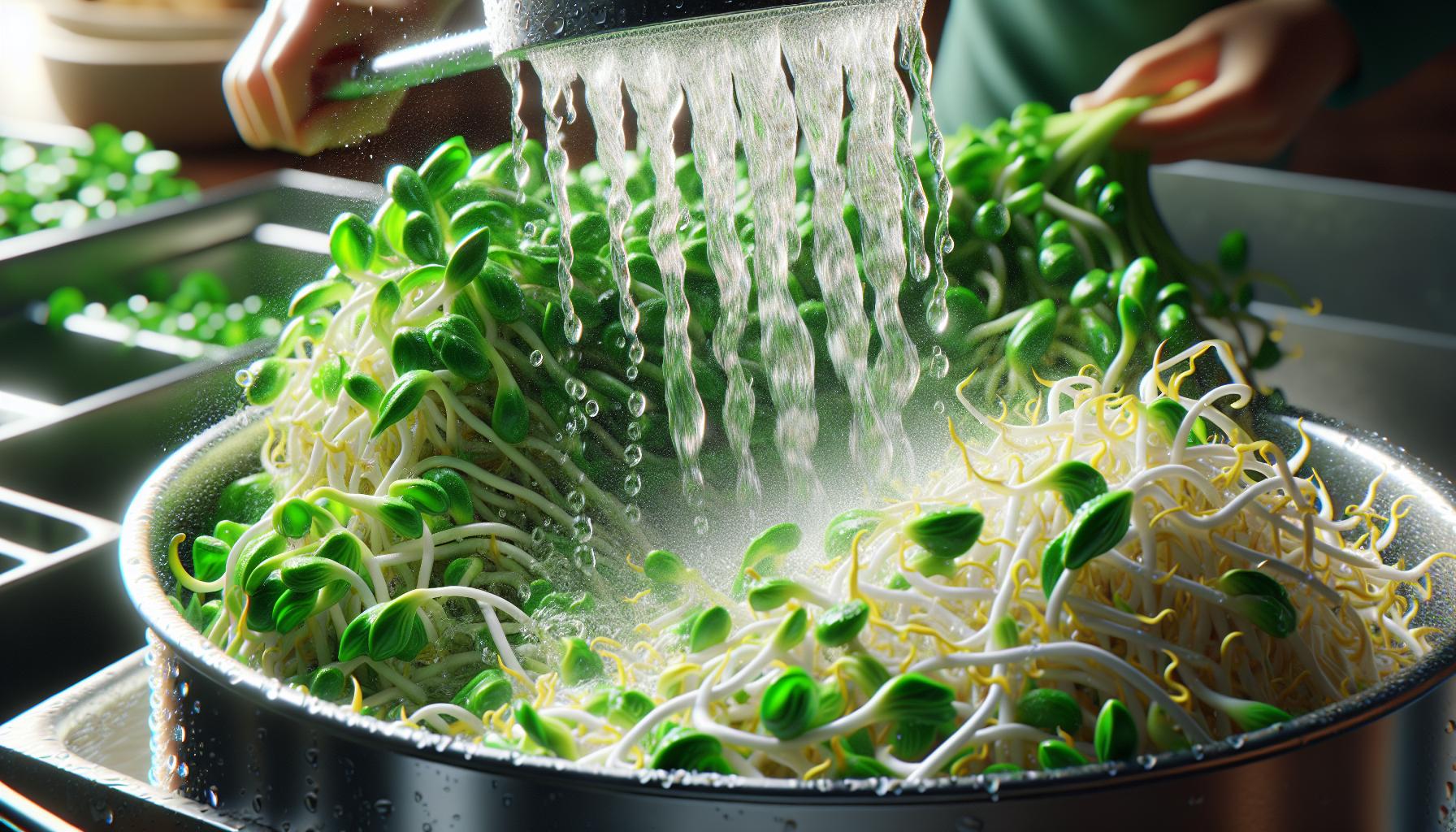
Now that you’ve selected your fresh, crisp sprouts – or opted for the canned or mung bean alternatives – it’s time to get down to the business of preparing your Sukju Namul. It’s a straightforward process, but each step is crucial to creating that authentic, refreshing burst of flavor this dish is renowned for.
First things first, rinse your sprouts thoroughly. It’s important to ensure any residual dirt or debris is completely washed away. After rinsing, you’ll immerse the sprouts in a large pot of water. A general guide: for every 500g of sprouts you’ll need about 1 litre of water.
Once your sprouts are swimming comfortably, crank up the heat. You’re not looking for a rolling boil here – just a strong simmer. The sprouts should cook for around 15-20 minutes but do not overcook them. They’ll lose their crunch and fresh taste. As for timing, use this helpful table:
| Bean Sprouts | Cooking Time |
|---|---|
| Fresh | 20 minutes |
| Canned | 15 minutes |
If you want to add some extra punch to your Sukju Namul, try infusing the cooking water with a piece of kombu or a few cloves of garlic. These ingredients aren’t orthodox in a traditional Sukju Namul recipe but they can give an unexpected flavor twist.
Finally, once your sprouts are cooked, make sure to drain them completely. Excess water can dilute the seasoning and alter the dish’s taste. Also, don’t forget to cool them before adding your seasoning. This ensures the flavors blend perfectly without any sudden temperature change causing a disruption.
Remember, cooking is an art, and perfection comes with patience. Keep a keen eye on your sprouts and adjust your timings as necessary. After all, no two batches of sprouts are the exact same!
Onto the next part of the recipe…
Making the Seasoning Sauce
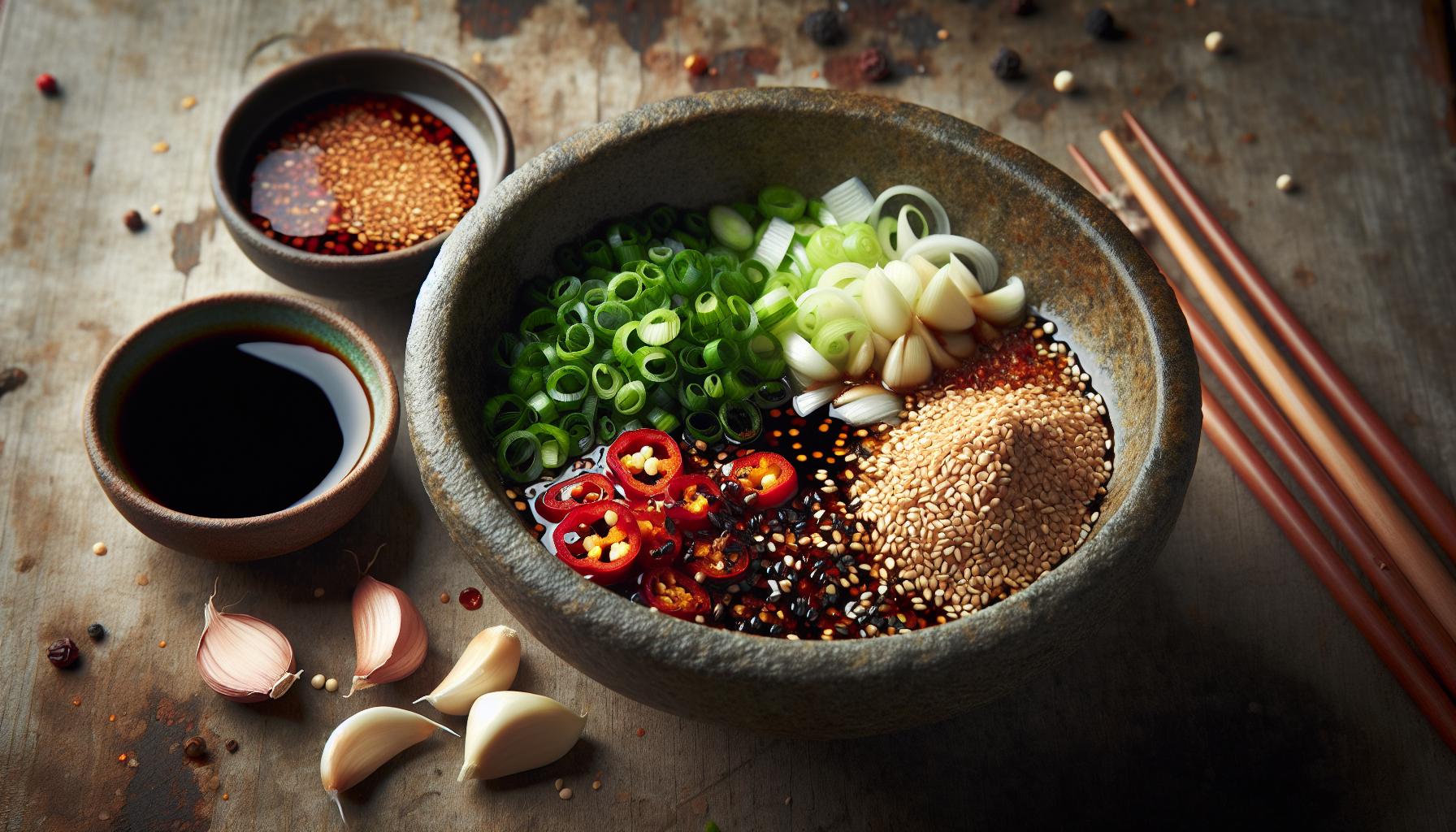
After you’ve cooked your sprouts and let them cool, it’s time for the fun part! Making the seasoning sauce that’ll take your Sukju Namul to the next level. This sauce is the heart of this dish, it’s where the flavor resides.
First, grab your ingredients. Here’s what you’ll need:
| Ingredient | Quantity |
|---|---|
| Green onion | 2 tablespoons, finely chopped |
| Soy sauce | 2 tablespoons |
| Garlic | 1 clove, minced |
| Sesame oil | 1 tablespoon |
| Red chili pepper flakes | 1/2 teaspoon |
| Toasted sesame seeds | 1 tablespoon |
Your choice of garlic can make a big difference. For a stronger and spicier flavor, consider locally sourced garlic. Factory-processed garlic just won’t cut it when it comes to Sukju Namul!
Once you’ve gathered your ingredients:
- Mix all the above ingredients in a bowl.
- Make sure that they blend together nicely.
Feel free to adjust the measurements to your liking. You may want more heat, in that case, add more red chili pepper flakes. If you’re a fan of nutty flavors, extra sesame seeds might do the trick for you.
Precision is key when it comes to seasoning! But, it’s not just about the recipe, it’s also about your taste preference. Trust your palate and adjust accordingly. Tailoring the seasoning sauce to your liking is part of the fun of cooking!
Some people like to add a splash of mirin for a hint of sweetness. This is not traditional, but experimentation is always welcomed in the kitchen.
We can’t overemphasize the importance of this sauce. With each bite of the seasoned bean sprouts, the sauce introduces a burst of flavor that is synonymous with Sukju Namul. So take your time, and enjoy the art of creating your own seasoning sauce.
Mixing the Bean Sprouts and Seasoning
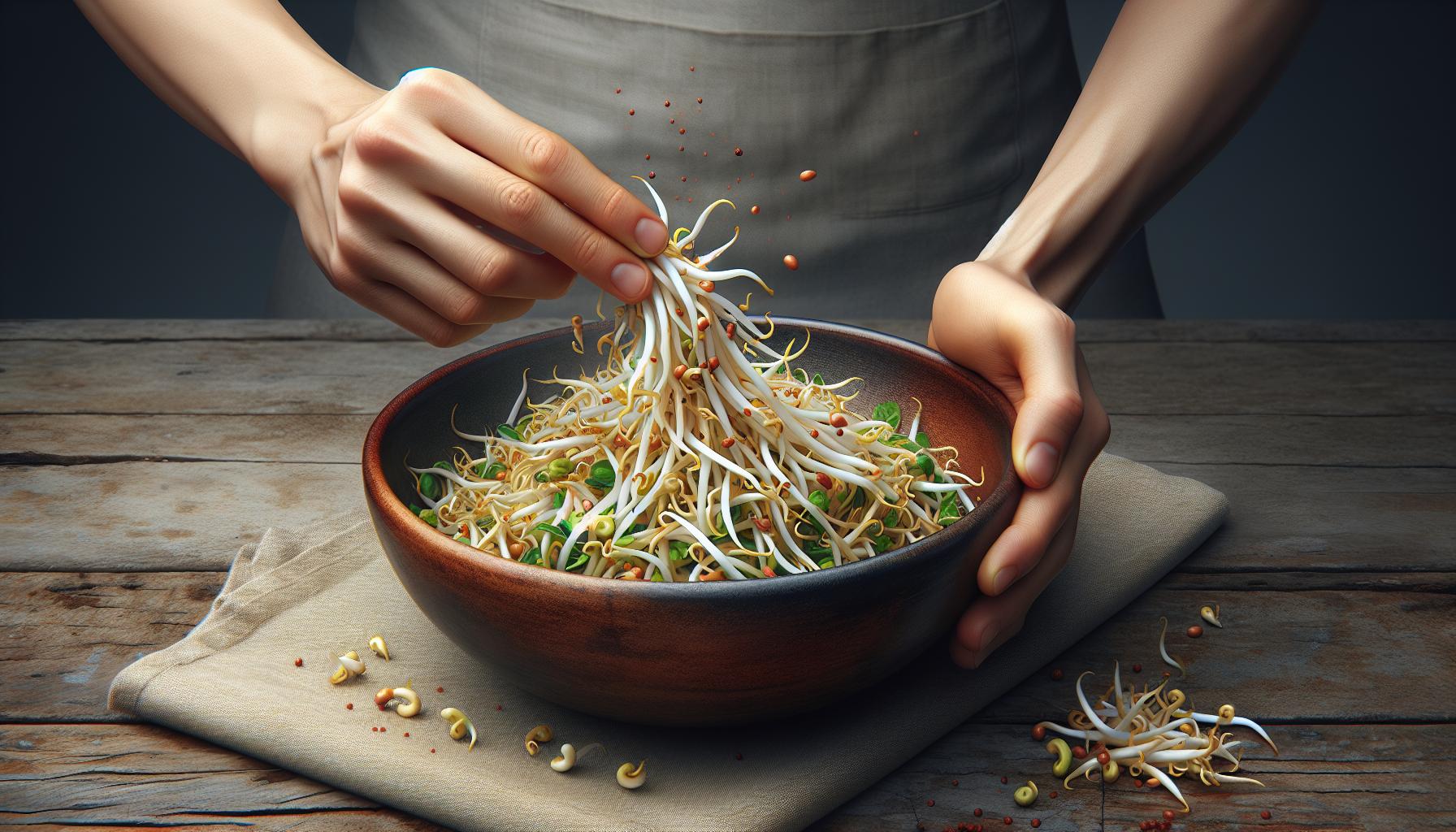
With your seasoned sauce in hand, you’re ready to bring the sprouts to life. Pour the sauce over the cooled sprouts. Now, it’s time for the fun part: mixing. But be gentle— you don’t want to crush the sprouts. You’ll need a light touch for this step.
Tossing the sprouts and the seasoning sauce together transforms the neutral sprouts into a flavorful dish featuring both tanginess and spice. As you’re mixing, inhale the fragrant aroma that rises and whets your appetite. It’s a sensorial experience that bridges your hard work in the kitchen to the dining table.
Some might wonder: Why not just cook the sprouts with the sauce? The reason is simple: textures matter. By seasoning afterwards, you maintain the sprouts’ natural crunch. The contrast between the tart, spicy sauce and the crisp, mild sprouts is what makes this dish so delightful.
Do you want a hint of sweetness to balance out the spiciness? Go ahead and add a bit more mirin. Remember, you’re not just following a recipe— you’re creating a dish that caters to your palate. Taste and adjust the seasoning as needed. The objective here isn’t to get it perfect by some universal standard, but it is to make it perfect according to your taste.
And, there you have it. Mission accomplished! You’re that much closer to devouring a bowl of Homemade Sukju Namul. Will the dish taste as good as it smells? There’s only one way to find out!
Here’s a quick rundown of the steps so far:
- Cook the bean sprouts.
- Let them cool.
- Prepare the seasoning sauce.
- Pour sauce over the cooled sprouts.
- Toss gently, preserving the sprouts’ crunch.
- Adjust seasoning if needed.
Serving and Storing Sukju Namul
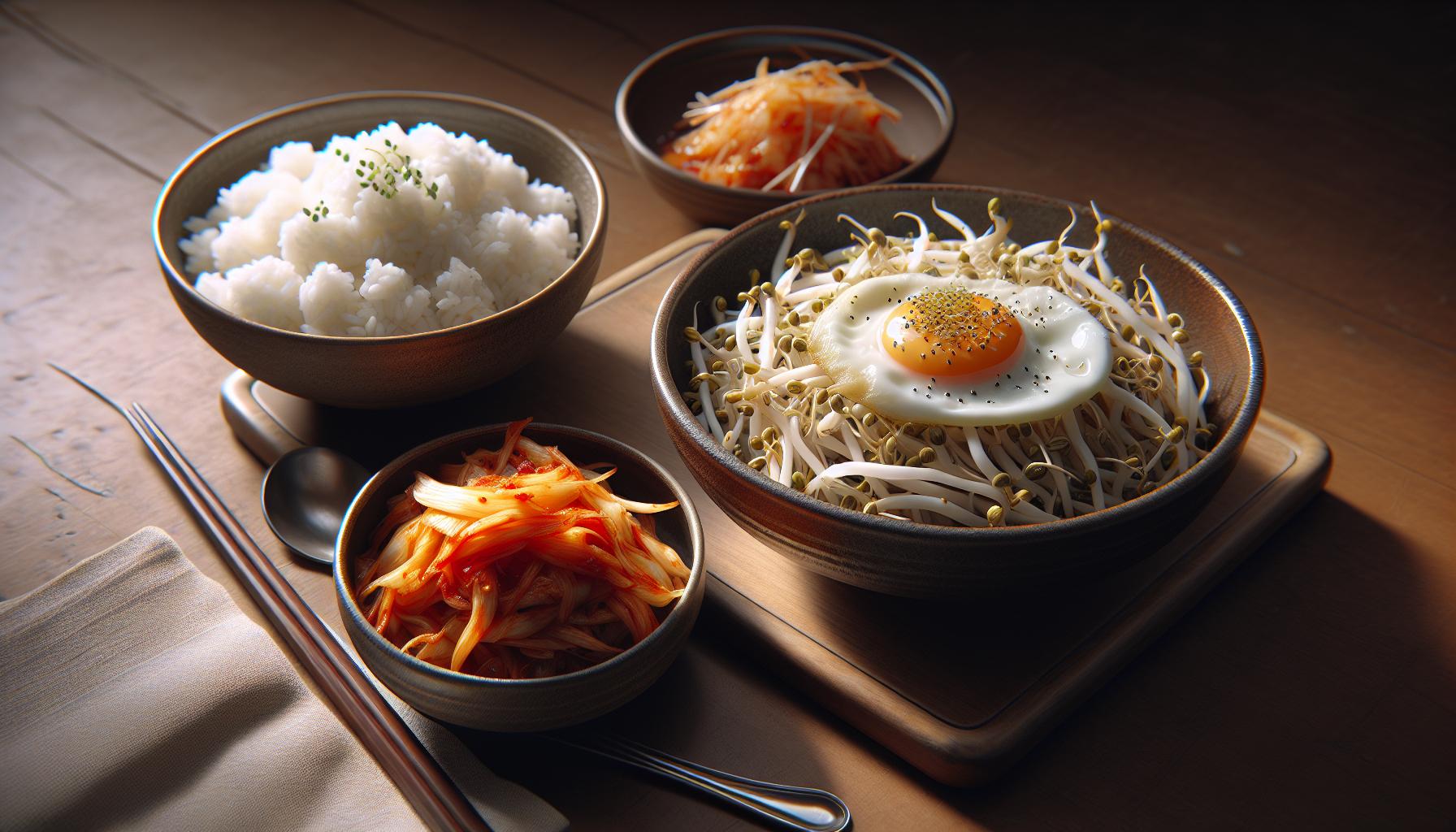
Once your Sukju Namul is prepared and seasoned to your liking, it’s time for the best part: serving and savoring the delicious flavors. A general rule of thumb? Serve this dish at room temperature for the best taste experience.
To further enhance the flavor profile, consider adding a side of hot steamed rice and kimchi. The combo creates a balance of spicy, sour, and refreshing flavors. If you’re feeling adventurous, add a fried egg on top for an extra protein kick!
Now let’s talk storage. You’ve made a sizeable batch of Homemade Sukju Namul? Great call! But you may wonder how to store the leftovers properly.
Since Sukju Namul consists of fresh ingredients, it’s advisable to consume it as soon as possible. But if you have leftovers, don’t worry. Here’s how you do it:
- Place the leftovers in an airtight container.
- Store them in the fridge.
- Ensure you consume it within three days to maintain freshness, crunch, and flavor.
| Storage | Duration | Quality |
|---|---|---|
| Fridge | 3 Days | Highest |
Now that you’re armed with this knowledge, serve up a storm with your Homemade Sukju Namul! Sweet, crunchy, and tangy in every bite, it’s a great way to elevate your dining experience.
Conclusion
So, you’ve learned how to whip up a batch of Homemade Sukju Namul and discovered the best ways to serve and store this delightful dish. You’re now equipped to enjoy this seasoned bean sprout recipe at its best – at room temperature, paired with hot steamed rice, kimchi, or even a fried egg. Remember, your leftover Sukju Namul will stay fresh and tasty in the fridge for up to three days. Now it’s time to savor the sweet, crunchy, and tangy flavors of your homemade Sukju Namul. Go ahead and elevate your dining experience with this delightful addition. Enjoy every bite!
